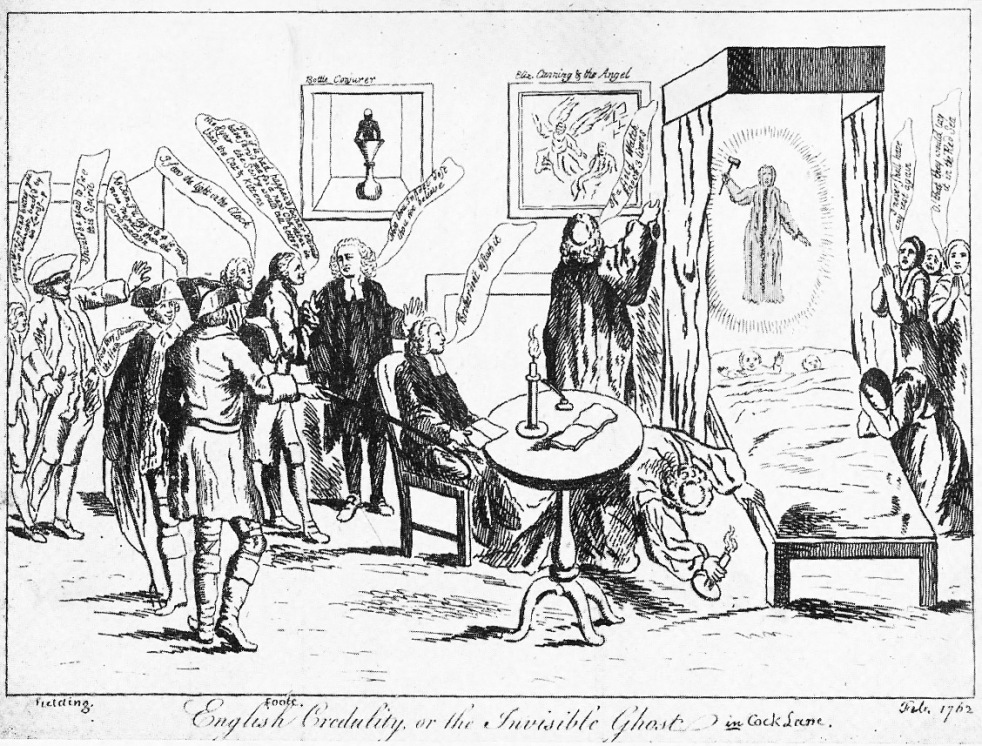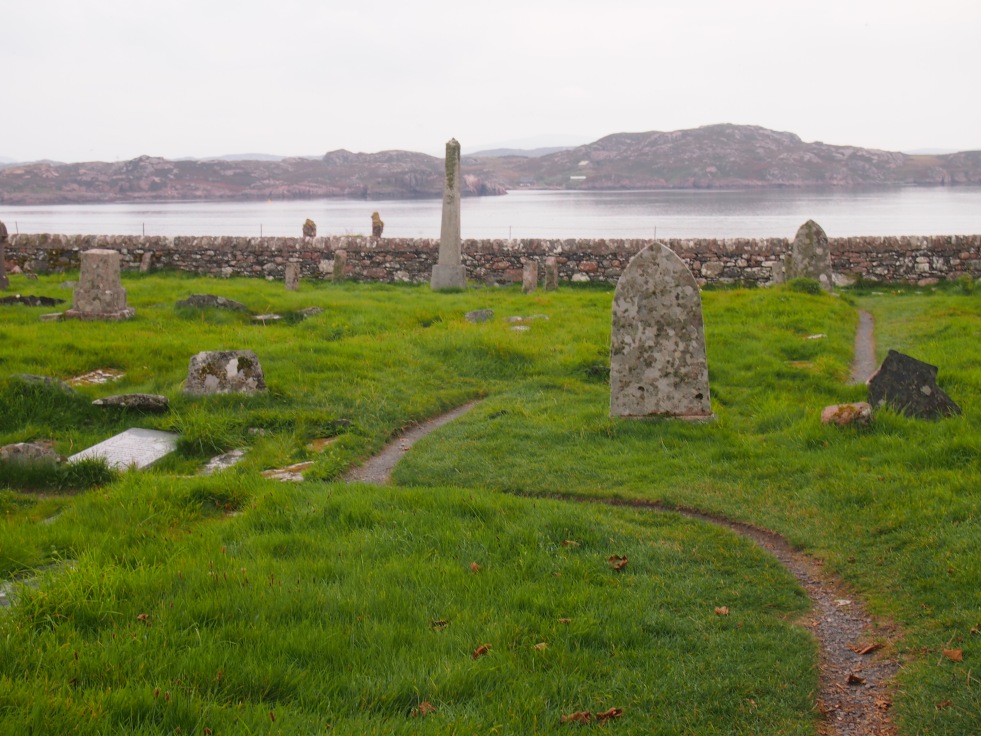Pye Corner, the site where the Great Fire of London famously came to an end in 1666, has a long and grisly history of which the Great Fire is only one chapter. Accounts of the Great Fire tell us that the Fire began at a bakery in Pudding Lane and ended three days later (having consumed 13,000 houses and 87 churches) at Pye Corner. Christopher Wren’s towering Monument to the Great Fire of London is close to Pudding Lane, but where is Pye Corner?

Continue reading “Pye Corner: Flames, poltergeists and bodysnatchers”




